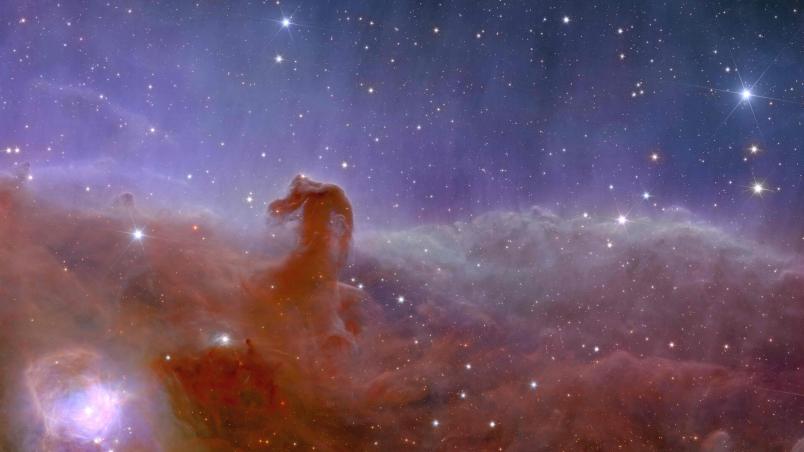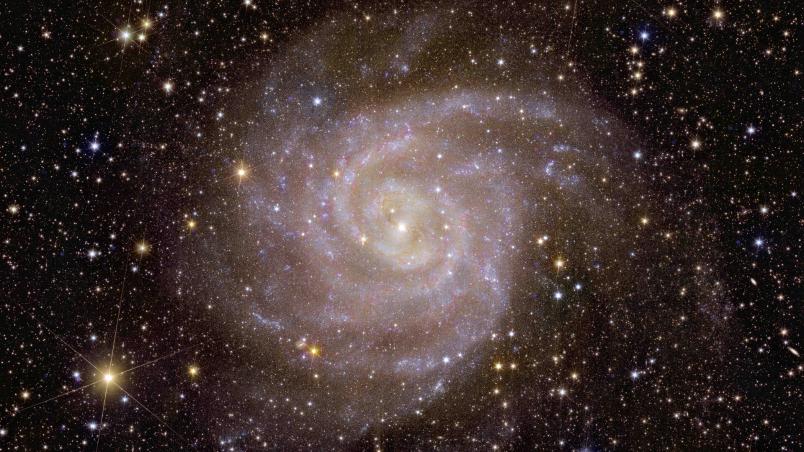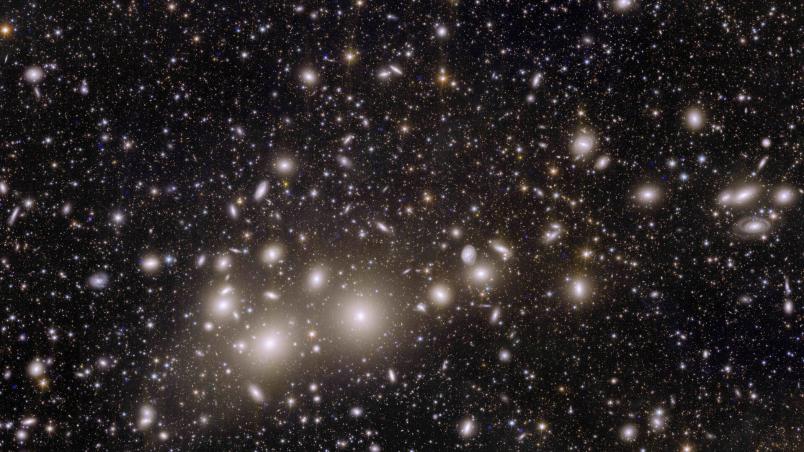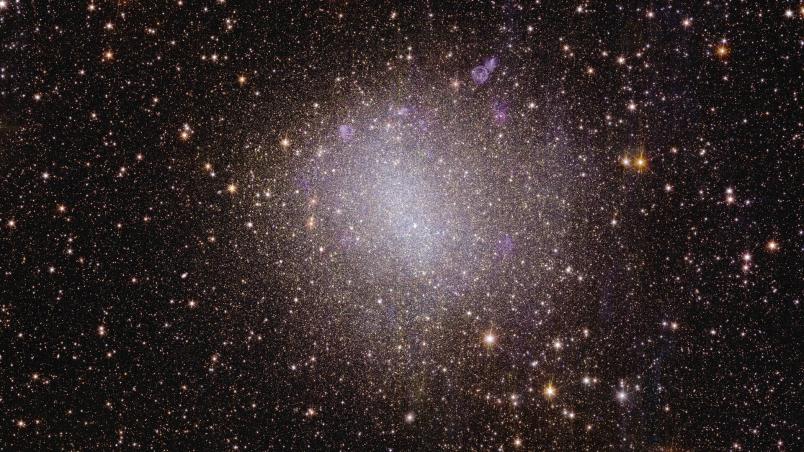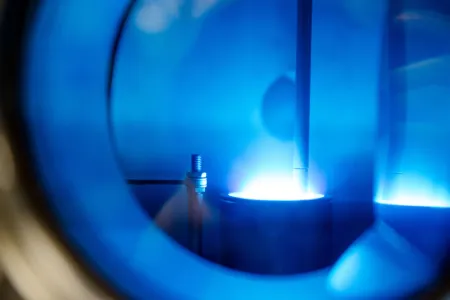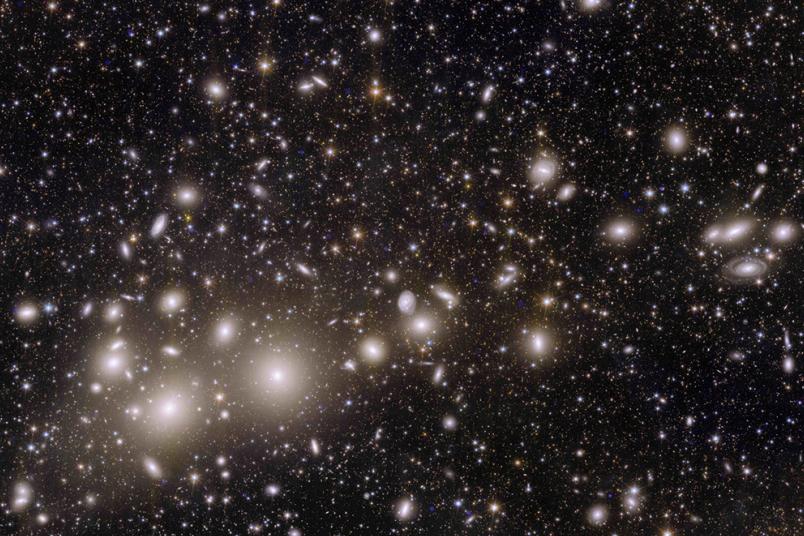
Cosmology
Euclid space telescope delivers first scientific images
With outstanding sharpness, Euclid looks deep into the distant universe. The research team behind the mission, including Bochum cosmologist Hendrik Hildebrandt, is thrilled with the first images.
Euclid, the newest space telescope of the European Space Agency ESA with strong German participation, released its first color photos from space today. Never before has a telescope been able to take such sharp astronomical images over such a large area of the sky while looking so deep into the distant universe. The five images show Euclid’s full potential. They illustrate that the telescope is poised to produce the most comprehensive 3D map of the universe to uncover some of its dark secrets. The German members of the Euclid consortium are at the forefront of the research, contributing key technical components and logistical services.

We can hardly wait to unleash the analysis methods that we have been developing for Euclid here in Bochum for the last years on the data.
Hendrik Hildebrandt
“These first fantastic images from Euclid impressively demonstrate the capabilities of the space telescope and its cameras as well as the scientific breadth of the mission,” says Professor Hendrik Hildebrandt, cosmologist at Ruhr University Bochum and member of the Euclid consortium. “The outstanding quality of the images clearly demonstrates that nothing stands in the way of the groundbreaking cosmological measurements that Euclid will make over much larger areas of the sky in the coming years. There is great anticipation and excitement about this unique data set. We can hardly wait to unleash the analysis methods that we have been developing for Euclid here in Bochum for the last years on the data. These images remind us that this exciting moment is just around the corner.”
Euclid’s first images
